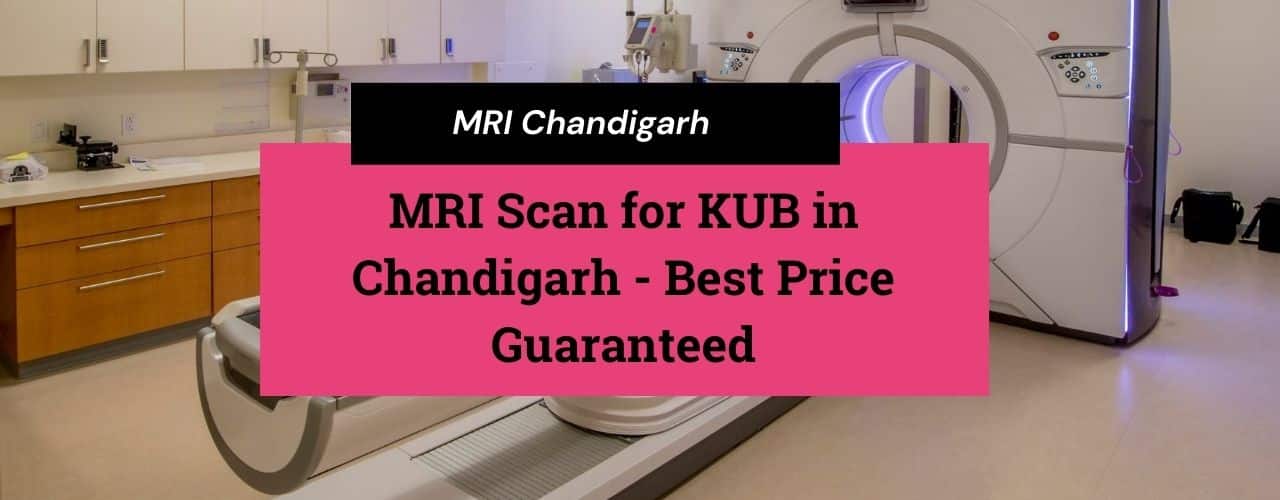MRI is just a term for magnetic resonance. This is a clinical scanning process using strong radio signals as well as magnetic fields for creating precise urinary system images (comprising the kidney, ureter, and bladder).
The main reasons for abdominal discomfort can also be assisted by a KUB MRI. This really helps collect general details on someone’s urinary tracts, such as their type, length, and placement. You can also find calcifications within your urethra or rentals by the physician or healthcare professional.
Why do we need MRI Scan for KUB?
- We need MRI to determine the existence of any blockages in the kidneys, urethra, and bladder or discover any possible obstruction.
- To check any suspicious cysts or tumors (abnormal growth) in your kidneys, ureters, and bladders.
- To determine the source of bleeding (blood in urine).
- To detect abnormal accumulation of fluids in the kidneys, bladder as well as ureter region.
How does the urinary tract function?
The body uses and transforms nutrients from meals into energy. The waste particles remain in the intestine and blood when the body received the nutritious components it requires.
The urinary structure assists the body to remove fluid waste from the blood termed urea also balance substances like sodium, potassium plus water. Urea is generated by the breakdown of protein meals including meat, eggs, and some veggies. Urea is transported to the kidneys through the circulation to be eliminated together with water as well as other urine wastes.
Sections and tasks of the urinary system
Two kidneys: These pair of reddish-colored organs are positioned beneath the rib towards the center of the back. Its purpose is:
- Clear watery wastage from the blood in the form of urine.
- Maintain a steady salt equilibrium as well as other blood chemicals.
- The kidney generates erythropoietin, which helps red blood cells production.
- The blood pressure is regulated by the kidney.
The kidneys eliminate urea from the bloodstream through small units known as nephrons. Every nephron seems to be a ball made up of tiny, glomerulus-named blood vessels and a little tube termed a renal tract. Urine is formed by combining urea and water substance.
Two Ureters: This tiny pipe carries through the kidney towards the bladder. Muscles continue tightening in the urethra walls and pushing urine back downhill. Kidney disease might occur if the urine backs up or is allowed to remain still. Small quantities of urine are discharged from the ureters in the bladder every 10 to 15 seconds.
Bladder: This empty organ inside the pelvis is triangular. The sides of the bladder loosen, expand to hold the urine then flatten to evacuate urine. The normal adult bladder holds a maximum of 2 cups of urine for 2 to 4 hours in normal.
Before the Procedure
- The process will be explained to you by your physician and you may be offered the chance to ask anything regarding the operation.
- No previous planning, including fasting as well as anesthesia, is often needed.
- Inform the radiologist whether you are expecting or if you are suspected of being pregnant.
- Inform your doctor about bismuth-containing medicines including Pepto-Bismol during the last 4 days, whether you have consumed them. Testing methods may react with medicines that include bismuth.
- Your therapist will ask for other special preparations, depending on your health condition.
Conclusion
A KUB MRI can be done on an independent premise or even within a hospital section. Procedures might differ with your health and the techniques of your doctor. In order to minimize any difficulty or suffering, the radiologist will utilize every available comfort strategy and perform the operation as soon as feasible.

Comments